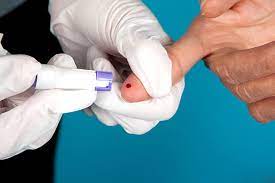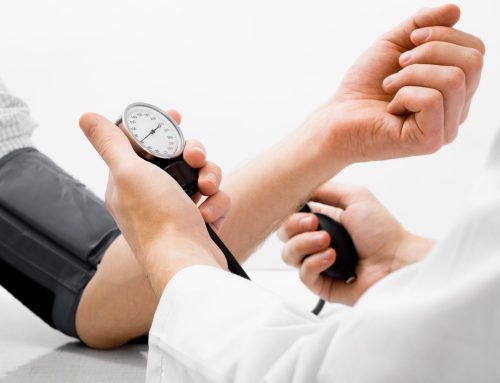“Diabetes is the seventh leading cause of death in the United States, “ according to the American Diabetes Association (6), which came from an examination of 83,564 death certificates that listed diabetes as an underlying cause of death. Usually, people don’t actually die from diabetes; they die due to the complications of diabetes, for instance renal failure, heart attack, and stroke (4). In 2017, 270,702 death certificates recorded diabetes as the cause of death (6).
When blood sugar levels are consistently high, other complications reduce vitality. The hyperglycemic state damages blood vessels, nerves, and organs (4). For example, retinopathy damages eye function and if not managed can lead to blindness (4). Neuropathy can lead to loss of sensation in the extremities; it affects the nervous system, leaving hands and feet tingling and sometimes numb. Uncontrolled glucose levels can also contribute to gastric discomfort and digestive ailments (4). The most common complication for men is impotence (1).
Above, you can see the many reasons why, if you are at risk for diabetes or if you have already been diagnosed with it, you will want to manage your health by controlling your glucose levels.
How to Lower Blood Sugar
Of the many resources available to answer this question, most recommend changes in diet and exercise. For example, healthline recommends exercising regularly, controlling intake of carbohydrates, food portions, and stress levels, increasing fiber in diet, staying hydrated, getting appropriate amounts of sleep, including in your diet: foods with low glycemic index, foods rich in chromium and magnesium, apple cider vinegar, cinnamon extract, Chinese herb berberine, and fenugreek seeds. Finally, lose some weight and monitor blood sugar levels (5).
But this and other Websites leave out another important way to lower blood sugar. Did you know that conditions in your mouth also affect blood sugar levels? Bacteria enter your mouth when you eat, drink, and breathe. They bind with plaque and tartar at the base of the teeth, leading to collecting in pockets created by bacterial infection. Those bacteria and the inflammatory response to them enter the bloodstream and can travel throughout the body.
In the blood, the general inflammatory reaction triggered by bacterial infection affects the regulation of glucose. High sugar levels cause the pancreas to produce insulin to reduce the blood sugar. Normally, insulin receptors bind to insulin when it appears in the blood. The binding of insulin to these receptors allows the sugar to be transported into the cells where it is processed, and then blood sugar drops. When inflammation is present, it interferes with this process. The insulin does not bind to receptors to reduce the sugar uptake into cells, and the blood sugar levels remain high (3).
In short, dental health can help lower blood sugar levels. Periodontitis makes it difficult to control blood sugar levels if diabetes is already present (3), so proper oral care is essential, but other risk factors are important as well. Having more than one risk factor increases the risk for other serious diseases like kidney and heart disease (3).
Don’t let gum disease increase your risk for high blood sugar. Changing homecare coupled with dental hygiene check ups is a good way to reduce your risk of gum disease. Clean Kiss theraputic mouthwash and toothpaste is money back guaranteed to reduce pocket depth when used twice daily as directed. Get both at cleankiss.com/shop and if this is your first order with us, use firstkiss coupon for free shipping. Already love us? Get Free shipping when you subscribe for 3 month autoship.
References
1. “About diabetes.” (2020). Retrieved May 28, 2020, from https://www.who.int/diabetes/action_online/basics/en/index3.html
2. “Dangers of uncontrolled blood sugar.” (2020). Retrieved May 28, 2020 from, https://www.webmd.com/diabetes/ready-to-lower-17/uncontrolled-blood-sugar-risks
3. Jepsen, S. et al. “The fascination of science: The invisible made visible.” Chapter 3: Effect of periodontitis on sugar metabolism. (2012) Retrieved May 28, 2020, from https://cleankiss.com/videos/
4. “Long term complications of diabetes.” (2020). Retrieved May 28, 2020, from, https://www.drelist.com/blog/complications-diabetes/
5. Semeco, A. (2016 May 3). “15 easy ways to lower blood sugar levels naturally.” Retrieved May 28, 2020, from https://www.healthline.com/nutrition/15-ways-to-lower-blood-sugar#TOC_TITLE_HDR_9
6. “Statistics about diabetes.” (2018 March 22). Retrieved May 28, 2020, from https://www.diabetes.org/resources/statistics/statistics-about-diabetes






Leave A Comment